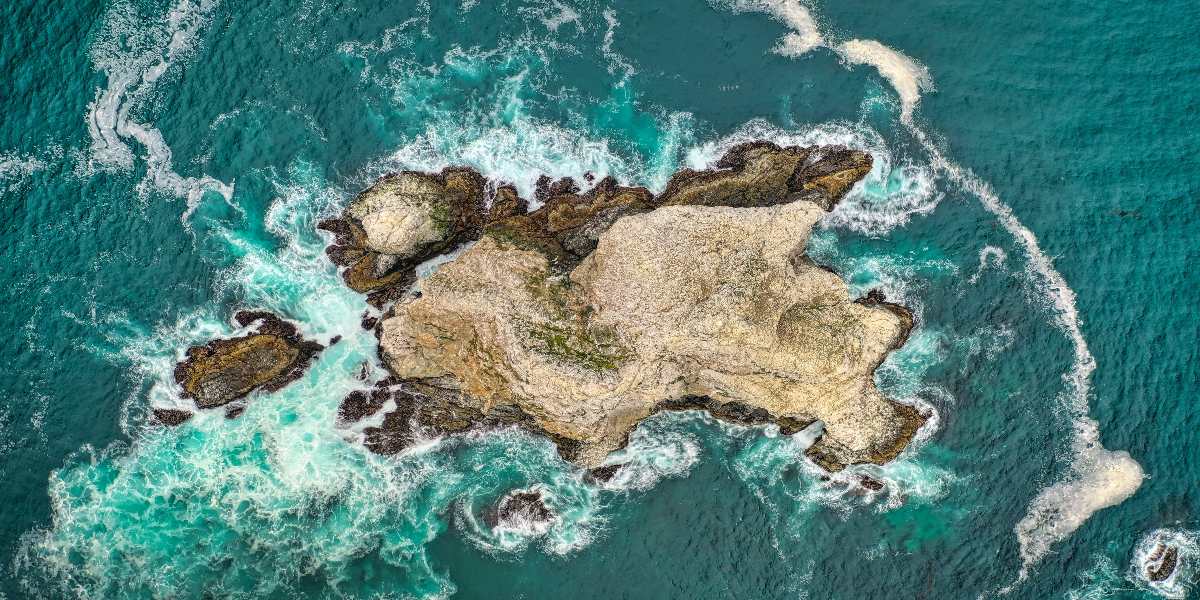Ever wonder what environmental sustainability is? Or even how you could live sustainably? In today’s article, we discuss important environmental sustainability examples, defining environmental sustainability, and how you, as an individual can have a positive sustainability impact.
The issue starts with us. We as a society have developed a dependence on convenience goods and services, and as we depend more and more on our throwaway culture – our consumer habits unknowingly start to shift. From excessive travel to buying fruits out of season to consuming an excessive amount of single-use plastics – our society is stumbling hard and heavy down the path towards irreversible damage.
But not all hope is lost. The time for change is now, and being part of this movement is easy, accessible, and can even save you a few dollars in between. Read on to gain insight into developing your very own simple definition of sustainability as you become an advocate for not only your future but the future of those you love. For example kelp farming.
Defining Environmental Sustainability
To understand the question, “what does it mean to be environmentally sustainable?” – one must break down the concept into its parts. Sustainability is, as defined by the English Oxford Dictionary, the ability to be maintained at a certain rate or level. Furthermore, the environment we speak of pertains to the world surrounding us. It is the biodiversity and health of biotic and abiotic organisms. So, therefore, when we consider defining environmental sustainability, we can consider the maintenance of the natural world for an indefinite period. But even this can seem rather intangible, so let us go further.
There are two parts to maintaining anything, what we do with it now, and what we will be able to do with it in the future. If we correctly maintain something, not only will it be optimally used now, but it will also be usable in the future at an equally efficient rate. Environmental sustainability can thus be defined as, responsibly meeting current needs without endangering the capability of future generations to meet their needs, all while not harming the planet and its ecosystems.
Sustainability Pillars For The Individual
Now that we know what environmental sustainability means, we can start to look at breaking this down into actionable pillars. According to the United Nations (UN), long-term environmental sustainability can be broken down into 17 separate but integrated goals. These goals are placed on five key pillars: responsible production, consumption, and disposal as well as education and policymaking. As consumers, we have the power to influence each of these to some degree.
Responsible production entails manufacturers using natural resources responsibly, but also not including harmful and toxic chemicals in their manufacturing processes. For example, some of the chemicals and materials used to make plastics and resins are toxic (such as the chemical BPA). However, it is not only toxic chemicals that are the concern. Wastage, misused resources, and unsustainable practices such as using natural resources at a rate that is faster than what they can be replenished, are all other issues the manufacturing world faces.
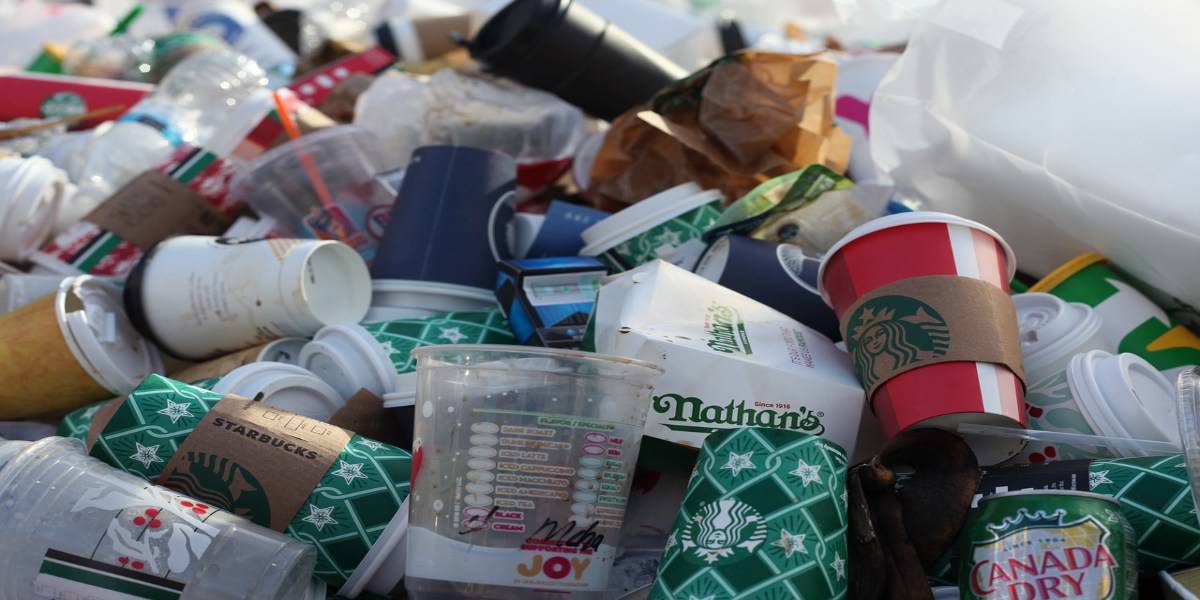
This may seem largely uninfluenced by individuals, however, it is our consumer habits that drive industries and markets. By purchasing products that have been ethically sourced, responsibly produced, and are easy to recycle, you as the consumer are creating a demand for sustainable products. Now considering that our spending habits drive supply and demand, boycotting unsustainable products and encouraging others to do the same, lessens the demand for those products. If corporations start losing money to small business owners who can sustainably source and manufacture products, the change becomes non-negotiable. On the same token, if we as individuals create demand for recycled products, the value of recycling increases and so does the incentive to recycle.
This is also where responsible consumption comes in. Almost entirely up to the consumer, as an individual, your biggest sustainability impact starts with the products you choose and how you use those products. Great environmental sustainability examples in this respect include using a bamboo or porcelain reusable cup instead of a takeaway coffee cup, using fabric shopping bags instead of plastic ones, and shopping local instead of imported goods. Each of these examples is a simple definition of sustainability. Not only are you encouraging and supporting responsible production, but you are also responsibly consuming.
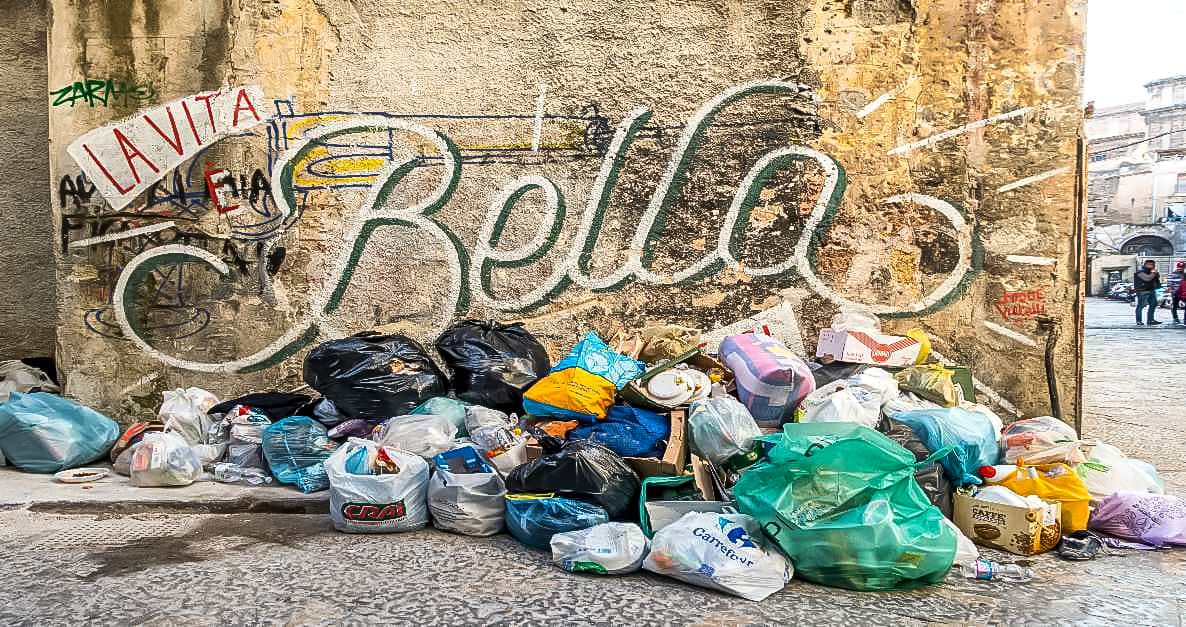
Furthermore, and very closely linked to responsible consumption is responsible disposal. Not all unsustainable products can be avoided all the time. And this is ok – so long as they are correctly disposed of. If products such as these cannot be reused, they should be recycled correctly, and if that is not possible – at the very least they should be disposed of correctly. For instance, a takeaway coffee mug is no longer reusable for whatever reason, the next step would be collecting that mug along with other similar materials and taking it to your nearest recycling station. If at the station they tell you they do not accept these materials to be recycled, instead of throwing the cup away on the street, you should go to your nearest trash facility and place it in a sealed bin. Unfortunately, much of what happens with our waste is not up to us. This is where preventative laws, policies, and legislation should intervene. And while many of us may not have the power or influence as individuals, we can (as a community) speak out and demand change from the government and lawmakers.
Lastly, we have education. Education does not only pertain to speaking about an environmental sustainability issue, but it also means education in general. Poverty has been shown to have hugely negative effects on planet sustainability, from poor water and soil quality to sewage, poor waste disposal, and more. Again, as individuals (outside of the education sector) we have little control over this. However, the small ways we can play our part in educating communities around us (such as donating and volunteering) are more than enough to make a difference.
Why Does Ocean Sustainability Matter?
Now that we understand the examples of environmental sustainability, it is time to turn to ocean sustainability. Microplastics are not the only major issue the ocean faces. Events such as ocean acidification and coral bleaching are becoming more common each year, and the effects of these events can be deadly. Each of these events is an environmental sustainability issue, and they are (for the most part) accelerated by humans.
Ocean acidification is created by increased CO2 in the atmosphere. And according to the National Oceanic and Atmospheric Administration (NOAA), “human activities emit 60 or more times the amount of carbon dioxide released by volcanoes each year”. These activities include (but are not limited to) driving cars, consuming electricity, industrial manufacturing, and more.
Coral bleaching is when corals become stressed by the changing conditions of their environment (such as temperature, light, or more/fewer nutrients) and they eject the interdependent algae living in their tissues, which then causes them to turn completely white. This is an issue as it may very well lead to the demise of numerous species of animals that are dependent on corals for homes and food. Many of these species are fish, endangering a precious food source for millions globally. Additionally, our coral reefs protect coastlines from storms, flooding, and erosion, and they provide jobs for thousands of people.
Microplastics, and plastics in general, are detrimental to not only human health but also marine life. Microplastics are either primary or secondary, and can go untraceable in food sources, water sources, and even the atmosphere.
But why does this all matter? Well according to NOAA, not only does the ocean provide more than 50% of the oxygen we breathe, but it also absorbs more than 50% of the earth’s carbon dioxide, it aids climate regulation, weather patterns, and heat transference. It is also a source of food, water, and much more – and without it, you wouldn’t exist.
Habits to Help Maintain Long Term Environmental Sustainability
Now that we realize not only the importance of creating a sustainable environment but how we can affect long-term environmental sustainability, it is time to find out some great examples of environmental sustainability so you can create your very own sustainable lifestyle.
Travel local or travel less. One of the biggest issues with traveling is the high levels of CO2 emissions from air travel. The Environmental and Energy Study Institute believes that air travel contributes to approximately 12% of the U.S. transport emissions annually. So instead of catching some flights for the holidays, try a train, bus, or cruise.
Buy local or at least in season. If buying fruit and veg at your local farmer’s market isn’t your thing, try sticking to fruits and veggies that are in season. By doing this you are minimizing CO2 emissions from importing fruits across the globe to your plate.
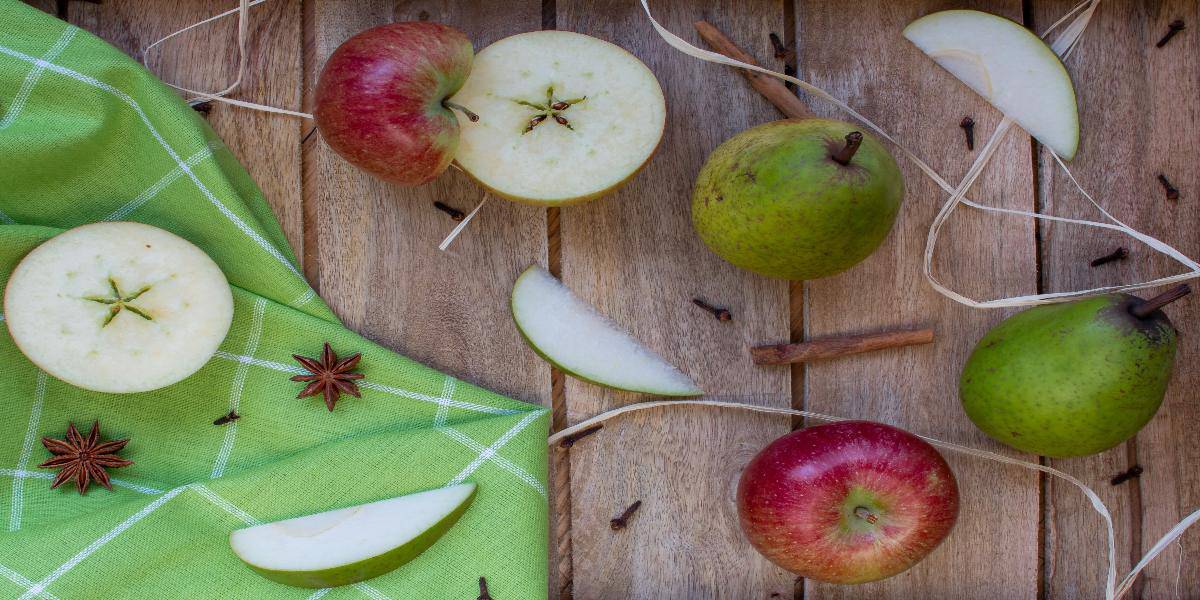
Try using public transport, or even better, riding your bicycle. Not only does this reduce the load of CO2 emissions you contribute to, but it can be more fun or even better for your health. For instance, riding a bike can lower your risk of developing diabetes and cancer, improves your cardiovascular and immune system health, helps you build muscle, and can help with weight loss. However, walking or riding a bike doesn’t only help keep a few pounds off the waist, it can help save a few dollars on weekly transportation costs or even gas costs.
Turn off unused applications and home systems. Things like geysers and aircons can rack up quite the bill if left on for long periods. Try saving some cash and also saving the planet by turning these items off whenever possible – for example, turn on the geyser and hour before you use it, or even just keeping it off throughout the day while you’re at work. Other big electricity killers are items such as kettles, washing machines, and tumble dryers. Items such as these should only be used when necessary. For kettles, only fill up as much water as you need – or to the minimum line. For washing machines, let washing loads gather to some reasonable size before throwing them in for a clean. And lastly, only tumble dry when necessary, try your best to air dry laundry wherever possible.
Daily Ways to Live A Sustainable Lifestyle
Other than creating good, ethical habits – there are tons of ways you can help fight an environmental sustainability issue, every day.
For one, you could swap your plastics for more suitable alternatives and save a few turtles. By ditching items such as plastic tupperwares, plastic kitchen utensils, and plastic phone covers you are not only minimizing the plastic demand but also stopping the eventual creation of microplastics. If no unnecessary plastic articles were manufactured, no unnecessary plastics would have to be broken down in landfills, rivers, and oceans where microplastics are then created.
Stop using plastic straws, and most other single-use plastic items! Instead of buying a takeaway coffee in a plastic or paper cup – invest in a bamboo takeaway mug. Not only are these mugs becoming stylish and trendy, but many of your favorite local coffee shops are now selling their very own branded reusable coffee mugs. Not sure which items you use daily are single-use plastics? Waterdocs has you covered!
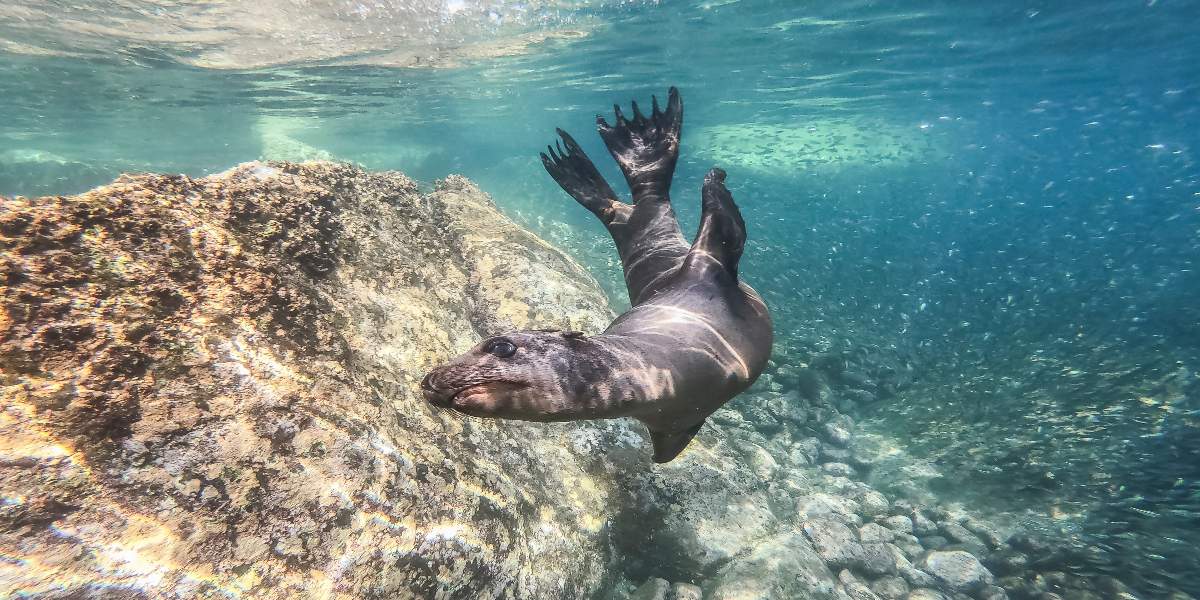
There is concern that microplastic particles could potentially leach phthalates and bisphenol A, which is known to interfere with the proper functioning of hormones. Also found in some plastic is styrene, a chemical that has been linked to nervous system issues, hearing loss, and cancer. Polychlorinated biphenyls (PCBs) may also be accumulated by microplastic particles and have been associated with the weakening of the immune system, reproductive issues, and various types of cancer.
Aside from its presence in seafood, microplastics have also been found in common table salt and tap water, as well as in up to 90% of bottled water. If you’re wondering what health risks there are for drinking microplastics, research is still in its infancy. We are also yet to fully understand the harm caused by our exposure to microplastics in the household dust or the air we breathe on a daily basis.
While microplastics may be too big to pass into our cells, once broken down to the size of nanoplastics, it’s possible that they could be absorbed by our circulatory systems and end up in our organs.
Buy products that don’t contain microplastics. So many of the cosmetic and hygiene products we buy today contain microplastics. From makeup to shampoo – you could be flushing thousands of microplastics down the drain every day. But rest assured – we have an awesome app for you to use next time you go shopping. Simply aim it at the product ingredient label and the app will tell you if the product is safe to use or not!
Recycle whenever possible – and where not possible, dispose of your plastic, glass, and paper items correctly. That means using eco-friendly garbage bags, official waste bins, and most importantly – not littering.
Last, but not least, buy clothing items that don’t contain microplastics. Materials such as polyester, nylon, acrylic, and polyamide all contain microfibres (a type of microplastic), and every time you wash them – you are flushing thousands of microplastics down waterlines and into our oceans. So next time you go shopping, stick to organic materials such as cotton and avoid “recycled clothing” that still contains microfibres.
FINAL THOUGHTS
Environmental Sustainability
As the world develops at a rapid rate, it is up to us as consumers to demand changes to old, outdated systems. With literally thousands of lives being added to our planet every minute, it is important that we create systems that maintain environmental sustainability for the future. Understanding our sustainability impact is key to solving our world’s environmental sustainability issue. By creating simple habits and small daily ways in which we can transform our lives, we are encouraging others to do the same. So next time you are out shopping – take a fabric grocery bag, buy a bamboo coffee mug, or even just take a walk to the shops instead of driving! There are tons of ways you can contribute to a sustainable environment, and who knows, maybe you could be the person leading the next revolution.
FAQs
Environmental Sustainability
1. What Does It Mean to Be Environmentally Sustainable?
Environmental sustainability is when the current generation can meet their needs without harming the planet, others, or the future generation and their ability to meet their potential needs.
2. Is It Hard to Live a Sustainable Lifestyle?
Any kind of changes to your daily habits and routines will feel strange, unusual, and even difficult. Learning to live sustainably is no different. However, once you gain knowledge and understanding into how your new way of life benefits not only you but your health, the planet, and others – it is hard to justify ever going back. The most difficult part of the change is giving up many conveniences, but once you have accepted responsibility the lifestyle becomes easier and easier.
3. What is the Purpose of Sustainability?
Sustainability protects the prospects of future generations while meeting the needs of current ones. By encouraging sustainability we are finding healthier, long term solutions to problems such as pollution, climate change, and environmental wellbeing.
4. Do You Have to Change Everything to Live Sustainably?
No. Many of the changes that are made in living sustainably are minor. For instance, you can still get your favorite takeaway coffee, sip margaritas on the beach, or travel to wonderful destinations – but how you do these things will develop and change for the better of the environment
5. How Can You Live a Sustainable Lifestyle?
By playing your part in being the change. Start small by reducing, reusing, and recycling – then slowly build up to changing the way you spend your money (i.e. by buying glass products, not plastic) and eventually you will find you are doing things such as turning off geysers and growing your veggies
6. What Habits Create Sustainability?
Consistency is key with any habit-forming behavior; sustainability is no different. Continuously ask yourself the question, “does this benefit, or at least not harm, the planet and the people around me in the long term?” If the answer is no, you need to consider your lifestyle choice and the habit that drives it. For example, I would ask myself this when considering if I should buy local produce over imported goods. In this case, the answer would be yes, therefore this is a sustainable habit.
7. What Are Some Examples of Environmental Sustainability?
Reducing your dependency on plastics and single-use plastics alike – items such as grocery bags, tupperwares, straws, coffee cup lids, etc. are great environmental sustainability examples. Another is reducing your carbon footprint by traveling more economically, shopping local, and minimizing your electricity expenditure.
SOURCES
Environmental Sustainability
- Microfibres: The Plastic In Our Clothes, friendsoftheearth.uk
- SINGLE-USE PLASTICS: A Roadmap For Sustainability, wedocs.unep.org
- Ocean Acidification, noaa.gov
- What Is Sustainability And Why Is It Important?, environmentalscience.org
- What Is Environmental Sustainability?, thebalancesmb.com
REACH OUT
We always speak about ‘They’. They need to do something about the plastic problem. They need to stop overfishing. What They are doing to our oceans is simply unacceptable. But who are They?
The government? The government is an administrative body elected by the people. The government exists only to serve out the needs of those people. They is in fact our society, a collection of individuals. You are one of those individuals, and so am I. There is no They, there is only We, and We are all part of the problem. However, We can choose to be part of the solution instead. Sure, sometimes it feels like one individual has such a small chance of creating meaningful change – so why bother. But remember, if everyone had that mindset, there is 100% chance that nothing will change.
We only have one Earth. We can make a difference.
You have a Part to Play – join us in our fight against the Ecological Disaster of our Age.


